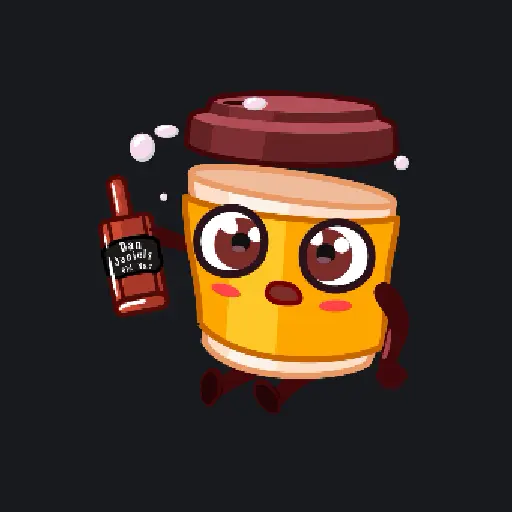

Agree, it doesn’t mean the project it bad but it still seems a bit weird. I’ve texted one of the Dev on Reddit to ask for some clarification about the whole thing, and maybe understand the reasons behind this choices.
Will update you here if they reply


Maybe take a look at PhotoSync as well, it’s not foss but it’s a really well-done app and seems to be what you are looking for